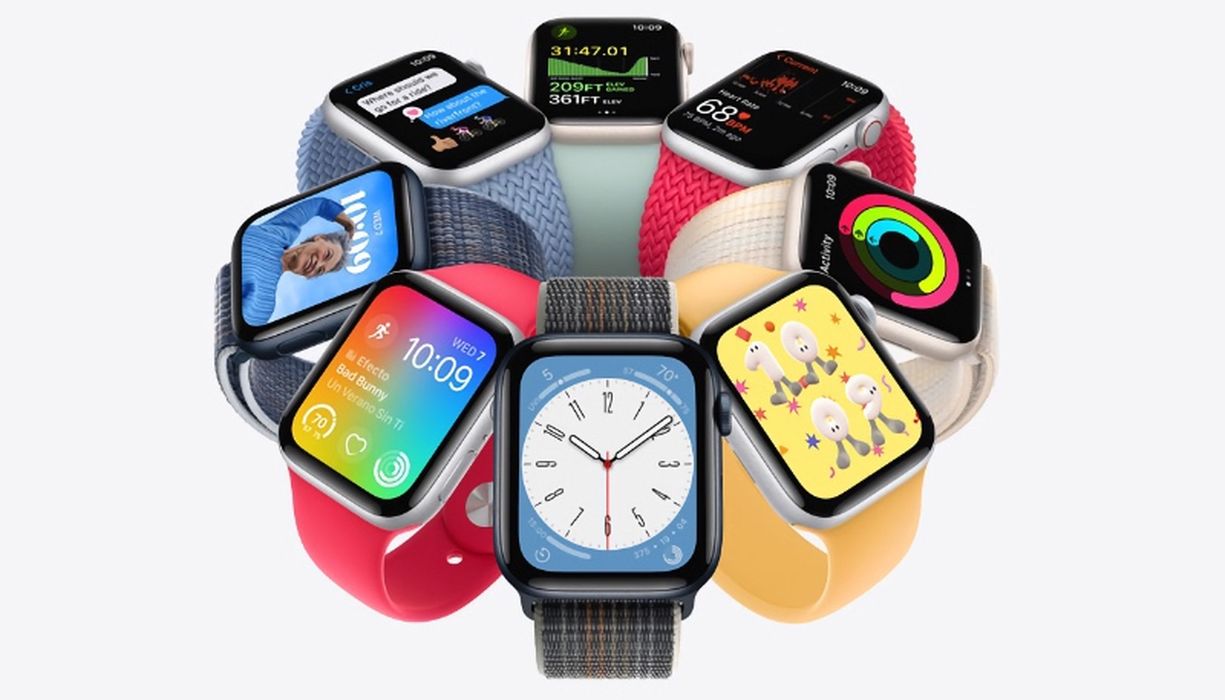
Apple Watch Series 9 [Source: Mactrast]
Charles Goulding and Preeti Sulibhavi consider the latest rumors of Apple apparently using metal 3D printing.
On August 30, 2023 all the major business news media outlets, including Barron’s, Reuters and CNN, reported that Apple was testing 3D printing for the manufacture of the casings of its Series 9 watch.
This potential future development would be a major change for Apple’s high-volume supply chain, and a potentially significant development for the 3D printing industry.
Apple products are very popular with the design community and consumers at large. Apple enthusiasts are very passionate about all things Apple, which has led to tremendous sales of products for the company. 3D printing industry stock prices shifted upwards following the widespread news coverage.
Apple is testing 3D printed solutions that could produce the stainless-steel chassis for certain Apple Watch models. This would remove the need to machine large slabs of metal into the needed shape, which wastes a considerable amount metal. A 3D printed solution would use only the material required for the part. The production time and the cost of creating the chassis could both be reduced with this approach.
The 3D printing process should decrease the environmental impact of the manufacturing process. The 3D printing method used, binder jetting, utilizes a metal powder and a liquid binder. After printing, parts made with this process go through a debinding process, followed by sintering, which uses heat and pressure to fuse into solid metal.
Apple is expected to limit the test run to select stainless-steel models.
The Research & Development Tax Credit
The now permanent Research and Development (R&D) Tax Credit is available for companies developing new or improved products, processes and/or software.
3D printing can help boost a company’s R&D Tax Credits. Wages for technical employees creating, testing and revising 3D printed prototypes can be included as a percentage of eligible time spent for the R&D Tax Credit. Similarly, when used as a method of improving a process, time spent integrating 3D printing hardware and software counts as an eligible activity. Lastly, when used for modeling and preproduction, the costs of filaments consumed during the development process may also be recovered.
Whether it is used for creating and testing prototypes or for final production, 3D printing is a great indicator that R&D Credit eligible activities are taking place. Companies implementing this technology at any point should consider taking advantage of R&D Tax Credits.
Conclusion
It is important to note that Apple itself did not confirm this story as of Thursday, August 30, 2023, evening.
Nevertheless, for the 3D printing industry this is very important news and remains a developing story. If Apple succeeds, it’s possible their work could inspire other large-scale manufacturers to also adopt the technology and grow the market significantly.
